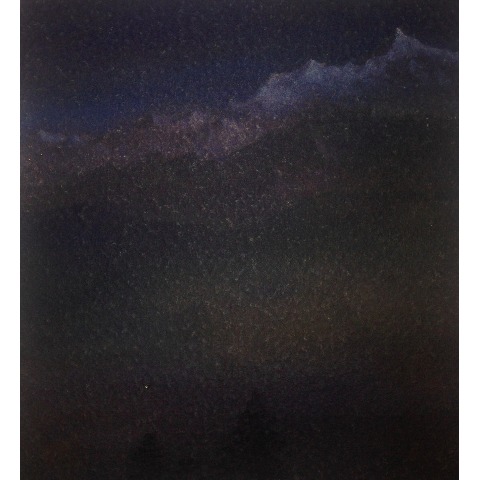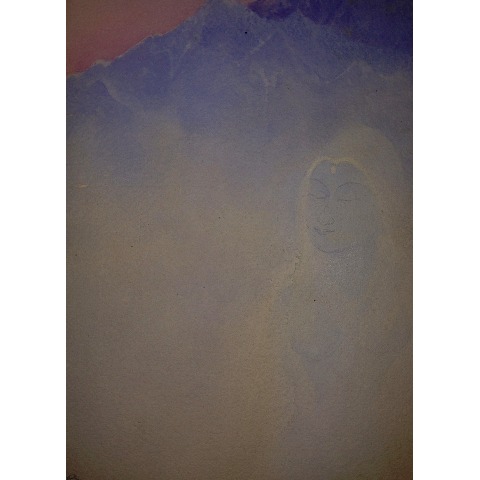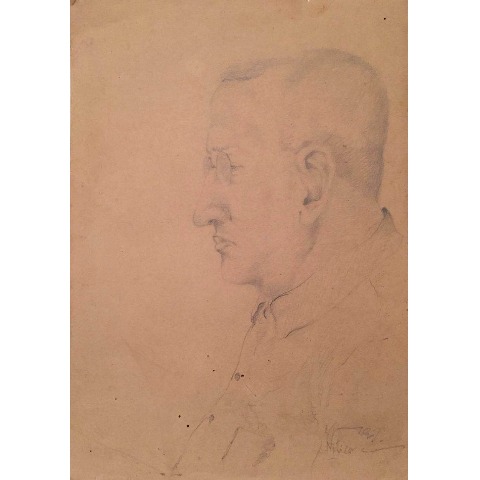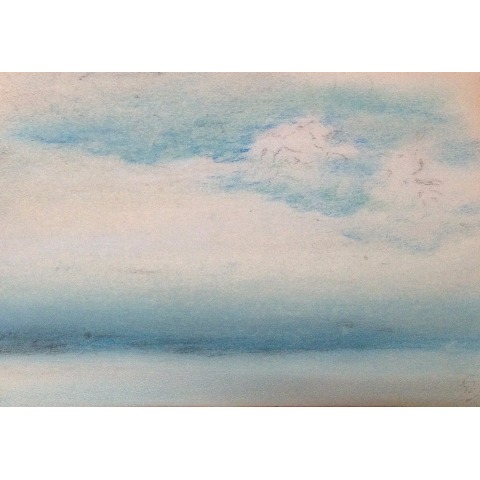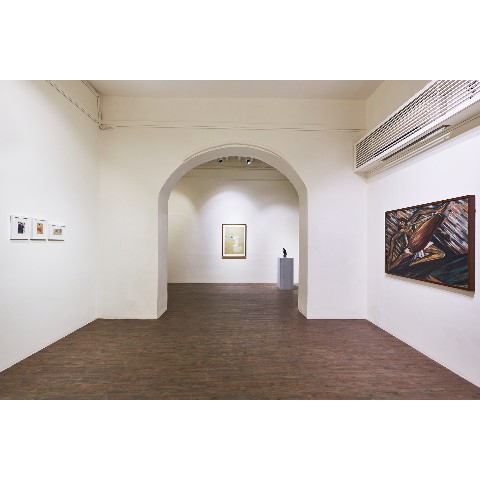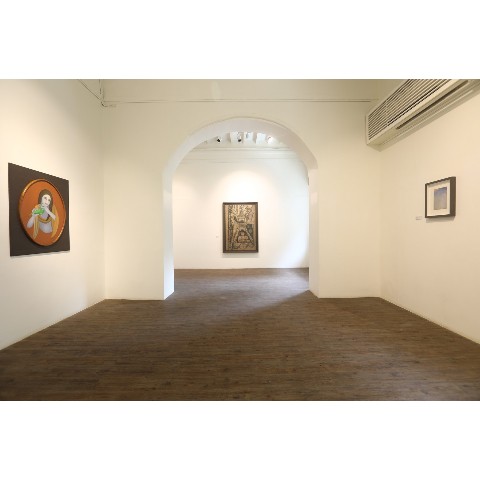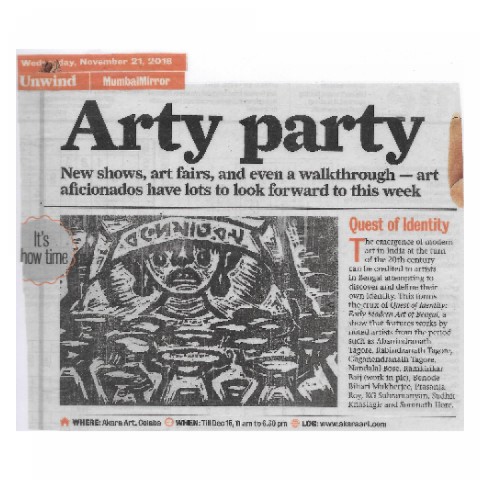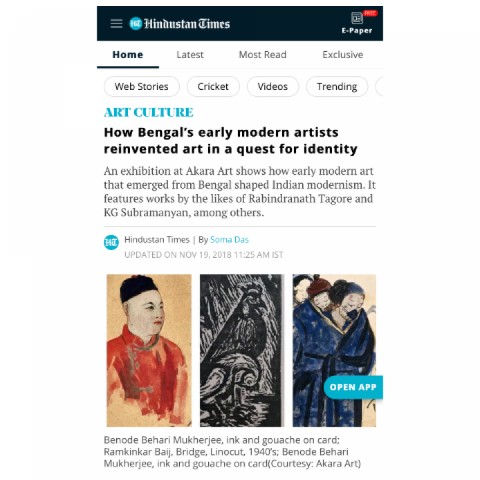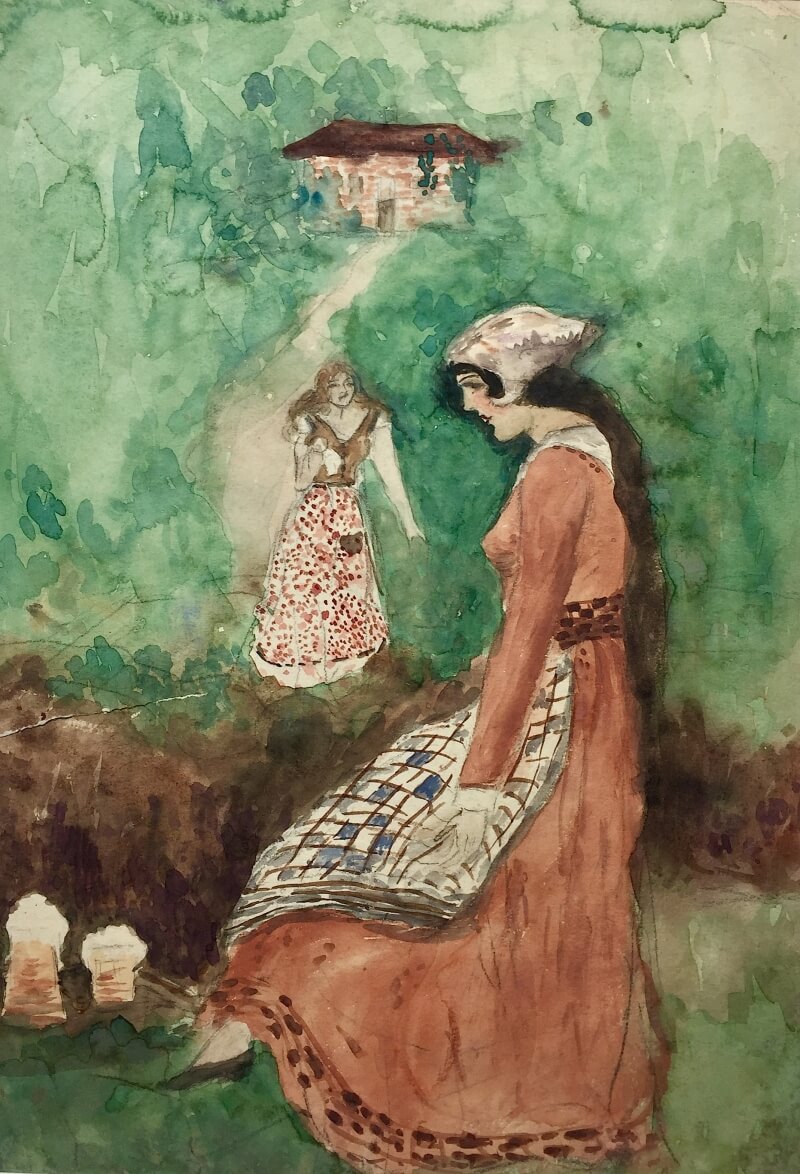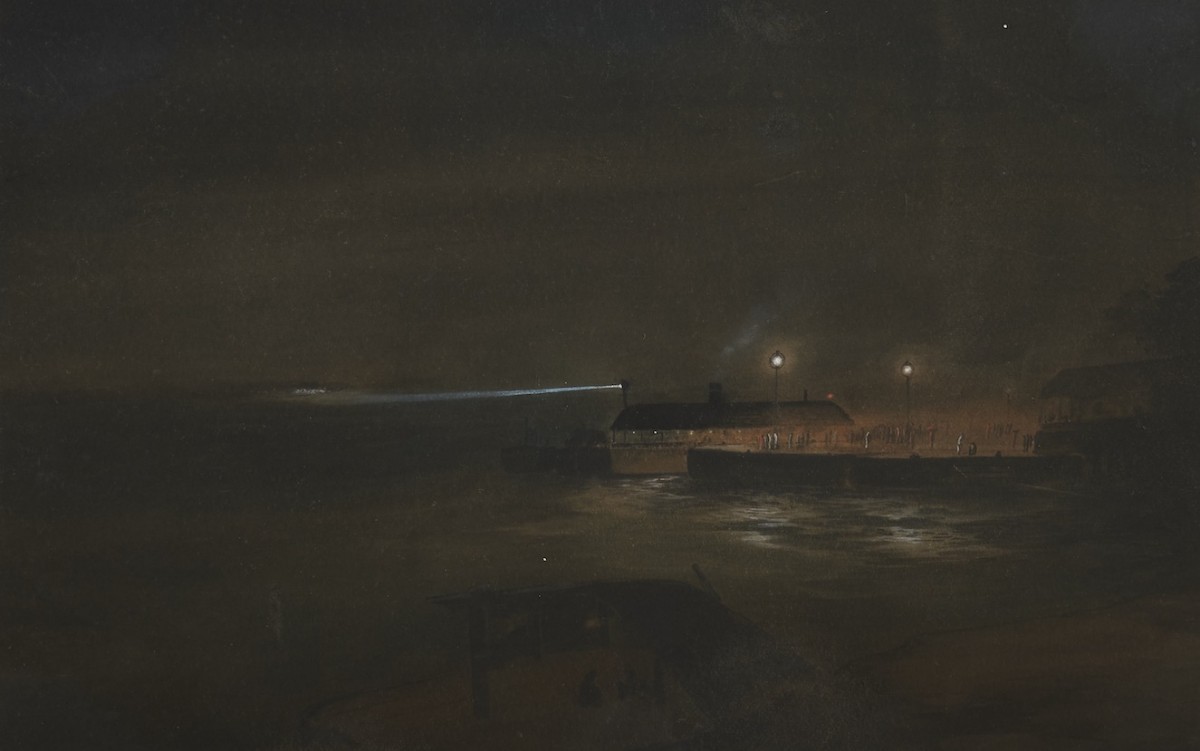
GAGANENDRANATH TAGORE
Akara Modern
1867 -1938
One
of the earliest modern artists in India, Gaganendranath Tagore was known for
his modernistic outlook, embedding his expressionist tendencies, and vivifying
the idea of space into his art. As the nephew of Rabindranath Tagore, he belonged
to the renowned Tagore family whose creativity defined Bengal’s cultural life.
Having received no formal education in the field of art, Tagore learnt by
observing the visiting Japanese artists like Yokoyama Taikan and Kakuzo
Okakura. Although he was closely associated with the aesthetic values of the
Bengal School, his trysts with the Japanese inspired in his art the effects of
the far Eastern styles. Gaganendranath pioneered experiments in modernist painting.
His exposure to art practices from around the world helped him to create a
distinctly personal style of painting. Tagore’s images are neither abstract nor
archaic, form became his medium to communicate and provide a structural quality
to his works. From 1925 onwards, the artist developed a complex post-cubist
style. Today, he is best known for his social satire drawings and caricatures of
westernized Bengalis - a strong commentary on the impact of colonial
rule.
Having received no formal education in the field of art, his interest in
life and later art, was limited to, and conditioned by his love for everything swadeshi (native). Coming form a
political background, his works seemed to be inspired by anything Indian or
Oriental. Tagore learnt by observing the visiting Japanese artists like
Yokoyama Taikan and Kakuzo Okakura. His trysts with the Japanese inspired in
his art the effects of the far Eastern styles.
During 1916-18, he evolved a new language of social satire drawings and
caricatures of westernized Bengalis- a strong commentary on the impact of the
British colonial rule in India. His exposure to art practices from around the
world helped him to create a distinctly personal style of painting. Tagore’s
images are neither abstract nor archaic- form became his medium to communicate
and provide a structural quality to his works. From 1925 onwards, the artist
developed a complex post-cubist style.
Today, most of his works can be found at the Victoria Memorial Hall,
Kolkata, which were transferred from the Rabindra Bharati Society.
